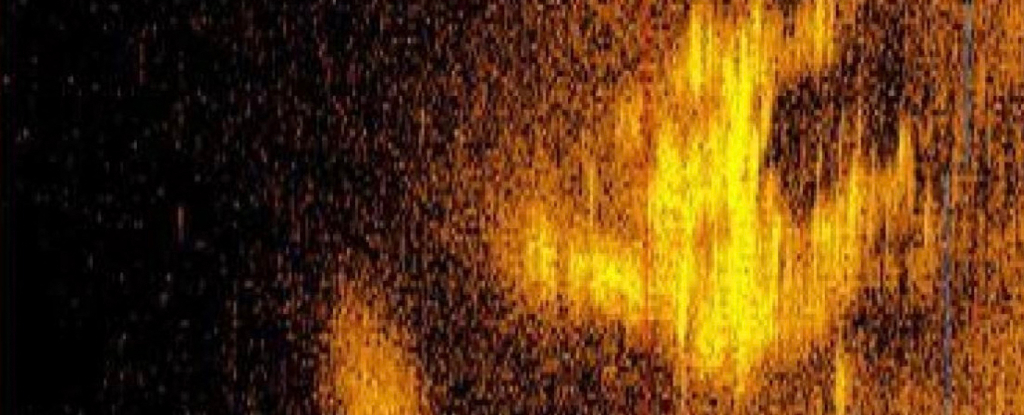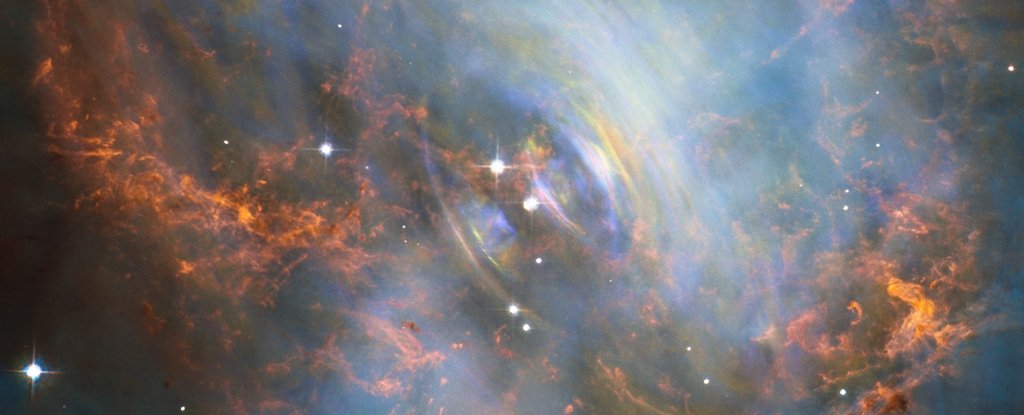ARTICLE AD
It’s been almost ten years since LCD video killed the plasma video star. The legacy Japanese electronics brand Panasonic is trying to remind U.S. consumers of a time when it still made televisions for the North American market. The company’s back now with two new OLED models and a mini-LED offering. At the top end, the Z95A OLED is kicking in Panasonic’s audio know-how, integrating a suite of side speakers and directional audio that sounds impressive enough in person; I wonder why the company doesn’t just outright say you don’t even need a soundbar.
It’s not like consumers have had a lack of choice for TVs in Panasonic’s eight-year absence, not when there are budget TVs from Vizio, Hisense, and TCL alongside pricey brands, including LG, Sony, and Samsung, to choose from. It’s a more competitive market than when it left, but Panasonic does seem to be bringing its A-game with this release. The newly-announced W95A mini-LED and the Z85A OLED are trying to take on the OLEDs and QLEDs with support for HDR10, HDR10+, and Dolby Vision. If you feel like you’ve heard about the Z95A before, it’s because the legacy Japanese tech company debuted it at CES earlier this year.
 The Z95A, top; and Z85A, bottom. Image: Panasonic
The Z95A, top; and Z85A, bottom. Image: Panasonic The Z95A packs a 360-degree sound suite called 360 Soundscape Pro, a front array, upward and side speakers alongside a subwoofer. Panasonic put me through a demo of all their TVs, and while the picture quality was plenty good, what really impressed me was the base sound quality you get without any extra work of setting up a soundbar. The software built into the TV allows users to set the direction of their audio toward a specific spot in the room. That could prove very useful for anyone hard of hearing. Otherwise, the other two models on offer contain surround sound and subwoofers, though not the same sound levels as the flagship.
The flagship OLED uses a microlens array to push brightness. It’s essentially a layer of micro convex lenses on top of the OLED layer, which should result in a brighter display with better color accuracy. The company wants to compare the brightness settings on its flagship to the popular LG C3 and Sony’s mini-LED flagship, the Bravia 9. Meanwhile, the W95A would be closer to the Samsung NEO QLED QN85D, though both the Z95A and W95A support up to 144 Hz refresh rates for gaming.
Each runs on Panasonic’s HCX Mark II processor, which is exactly the same as the company’s non-North American releases from earlier this year, like the Fire TV Z93A OLED. Like many TVs nowadays, Panasonic claims it can use AI upscaling to push non-4K footage to UHD, though we’ve never been completely sold on those claims from most TV manufacturers.
Like most high-end TVs, it has a specific game mode that includes options for choosing HDR and VRR and a few other settings for setting the color tone on the screen. Nothing truly stands out, but competing with today’s other expensive, gaming-centric TVs is necessary.
The mini-LED ranges between 55 inches and 85 inches. Meanwhile, the Z85A and Z95A are much more limited. The flagship OLED only comes in 65 inches, while the Z85A supports 55- or 65-inch settings.
They all use Amazon Fire TV, so if you have any experience with a Fire TV stick, you’ll know what you’re getting here. The added benefit is that each acts as an Amazon smart home hub if you don’t feel like sticking an Echo nearby or perhaps if you don’t mind eventually paying for an AI-enabled Alexa assistant.
It’s been eight years since Panasonic left the U.S. market, right around the time LCDs far outpaced plasma TV sales. Plasma had been the company’s bread and butter, so instead of pivoting, it pulled out. It continued making TVs overseas for European and Asian markets. We’re enticed by some of the offerings now that Panasonic’s returned its TVs to the States, even if it’s a real muscle and tussle business to get your screens in front of consumers.
The Z95A OLED with its one size will cost you $3,200. The Z85A goes for a more reasonable $1,600 at 55 inches, while the 55-inch W95A starts at $1,300. That TV is $1,800 at 65 inches, which is slightly better than the Sony Bravia 7 at the same size. We’ll have to test for ourselves whether the picture quality matches up.

 2 months ago
22
2 months ago
22 

